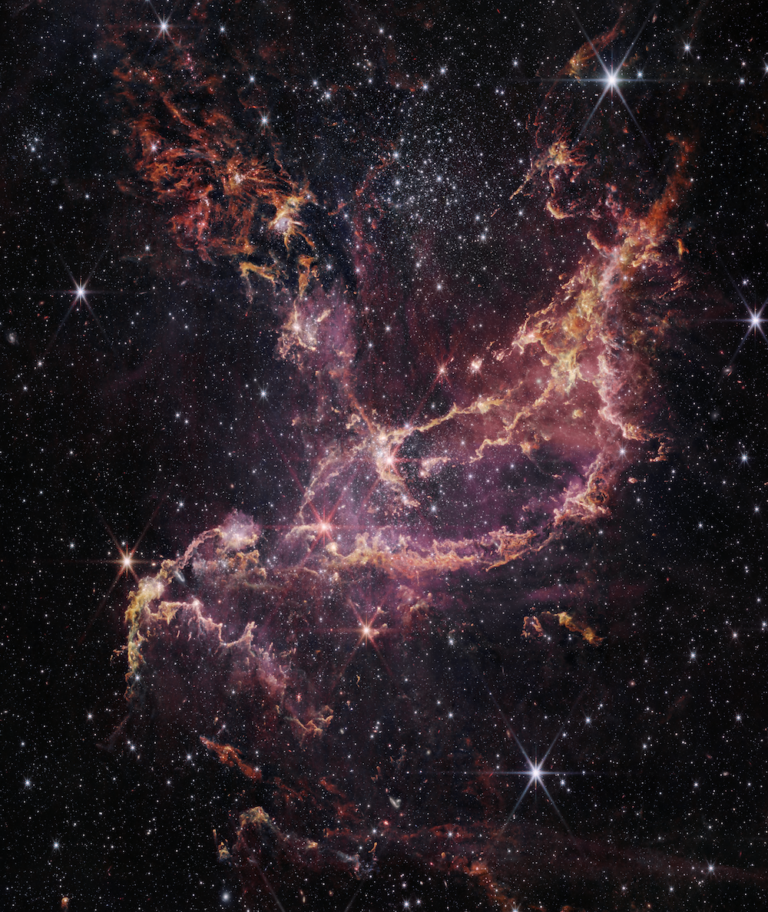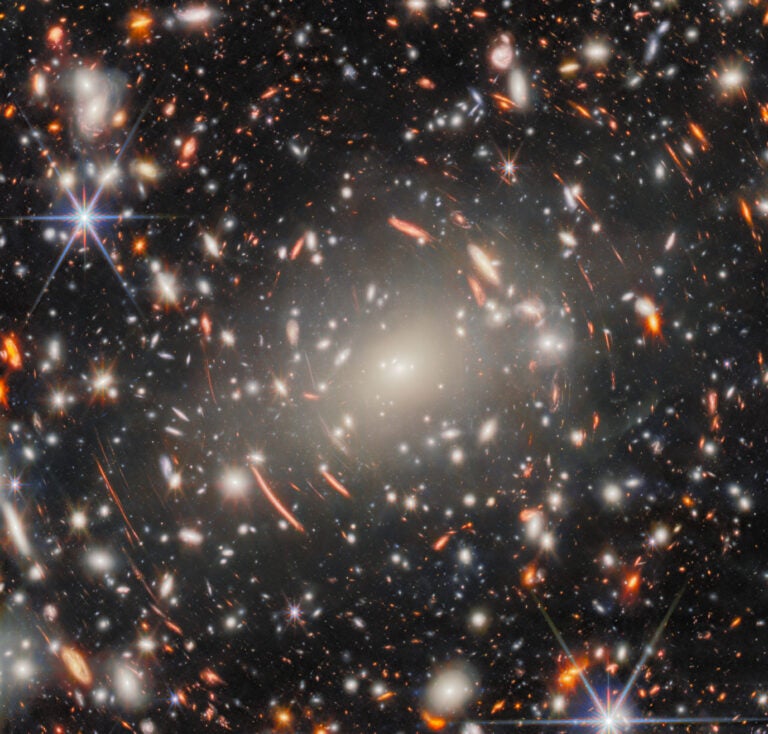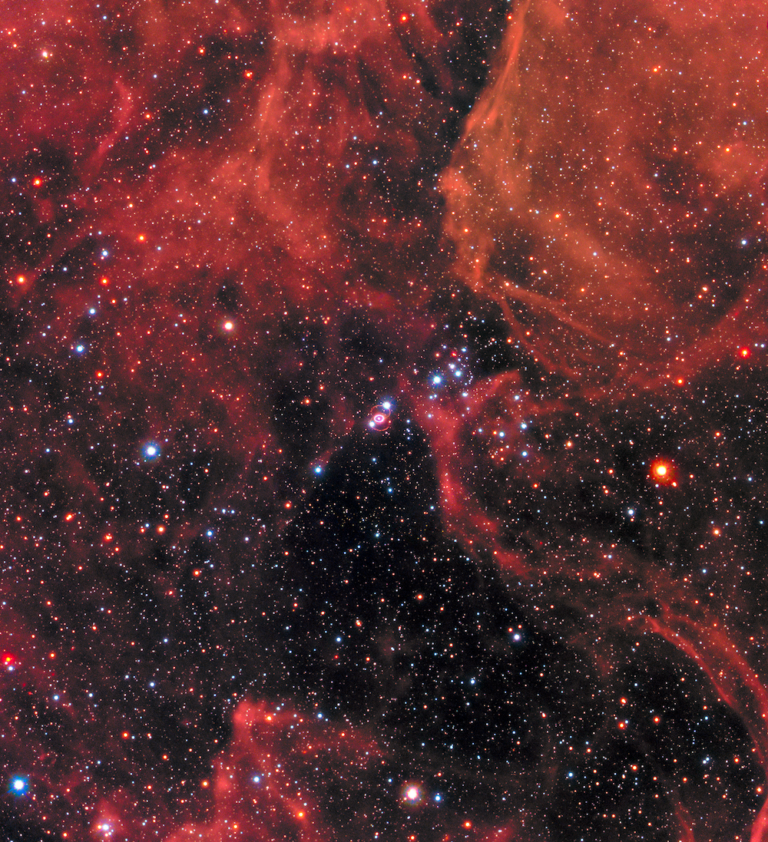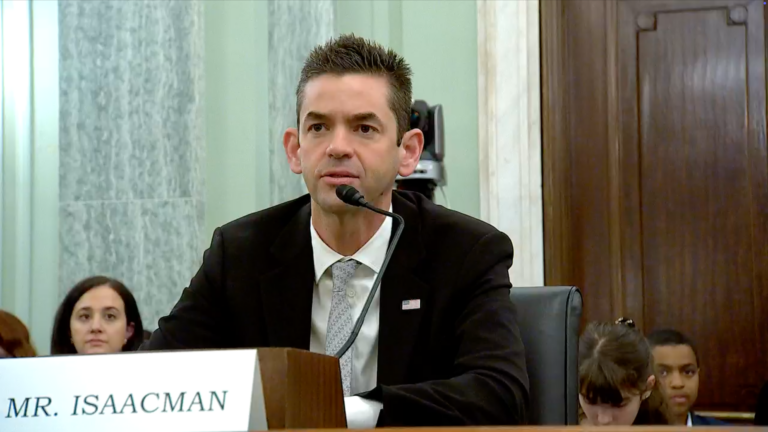The uncloaking of lunar strangeness began in 1959 when farside photos from the Soviet Luna 3 spacecraft destroyed long-held assumptions. The Moon’s hidden half is a portrait of a different world. Absent are virtually all of the smooth dark “seas” that form the familiar chauvinistic “man in the Moon” that dominates the visible hemisphere. The Soviets quickly exercised their discoverer’s prerogative to shamelessly put Russian names on all farside features, in contrast with the mostly Latin nearside, an embarrassing Cold War triumph that’s essentially kept half the Moon out of some Western textbooks.
After the United States one-upped the Soviet Union and even planted seismometers on the lunar surface, scientists got an even bigger surprise. When struck by a meteorite or discarded spacecraft stage, the Moon shakes for hours. It rings like a giant gong. Obviously, its interior is weirdly different from Earth’s.
Its motion isn’t mundane, either. The Moon’s elliptical orbit keeps changing the direction it stretches away from us. What travels around Earth is not just the physical Moon, but its oval path, which swivels around us every nine years like a squashed hula hoop. So the Moon never returns to its starting place. Its orbit never closes on itself. Just as the Moon tries to complete a circuit, the oval orbit shifts in space. Its orbit’s near point is in Libra this month, with the far point aimed toward Aries.
Moreover, unlike most other major satellites, our Moon does not circle its planet’s equator. If the Moon behaved normally, it would march along the celestial equator and pass in front of Orion’s Belt. Instead, it stays within the same ribbon of sky as the Sun and planets, spending two to three nights per month in each zodiacal constellation.
Repetition is the only form of permanence nature can achieve, and the Moon obliges: It is Full every four weeks plus 1½ days. This, of course, is its most famous phase, the stuff of lore and legend. We then stare at one of nature’s few visually perfect spheres. The Moon is just 4 miles (6km) out of round, or one part in 540, virtually indistinguishable from a perfect ball. Its degree of roundness exceeds that of every planet farther away from the Sun than Earth.
meteorite or
discarded spacecraft
stage, the Moon
shakes for hours.
Although a whopping 400,000 times dimmer than the Sun, the Full Moon is popularly believed to influence us in various ways; for example, many medical professionals think they see more births at that time. Any such connection would be doubly interesting because the average length of pregnancy, 266 days, happens to match nine synodic months (the 29½-day period from one Full Moon to the next). This means a lunar link with birth would also suggest a fertility connection. On average, the Moon’s phase at birth is the same as it was at conception!
That’s very cool. Nonetheless, numerous Moon/birth studies have yielded conflicting but generally negative results, summarized in the journal Psychological Reports in 1988 and 1994. After statistically evaluating 21 studies, the authors report no link between human birth and lunar phase, period.
But that doesn’t mean the Full Moon can’t affect us, even beyond the ocean’s tidal rhythms and the marine life attuned to it. When the Sun is high in the lunar sky, our satellite’s sizzling surface, hotter than boiling water, throws infrared rays in our direction like a portable heater. Earth’s lower atmosphere reliably grows 0.04° Fahrenheit (0.02° Celsius) warmer when the Moon is Full.
Perhaps that somehow explains why the night of the Full Moon is statistically cloudier than others. There’s also a small correlation with earthquakes at that time. The “spring tide” lineup of the Sun and Moon makes our entire planet flex about 9 inches (23 centimeters), especially if the Moon also happens to then be at its closest point to Earth. Although such tidal forces are more than a thousand times weaker than the stresses normally found in crustal rock, they apparently can be the final push for an incipient quake that’s already on the brink.
Why get into all this now? Because this Full Moon — the night of May 5/6 — happens to occur on the same day and even at the very same hour that our satellite comes closest to us. It ushers in a couple of days of extreme tides, especially in places like the Bay of Fundy near Nova Scotia, which has the biggest change in tides in the world.
This precise confluence of the Full Moon and a major lunar perigee occurs at midnight Eastern daylight time. It’s the largest, closest Moon until 2014.
Maybe it’s worth a howl, after all.
Contact me about my strange universe by visiting http://skymanbob.com.










